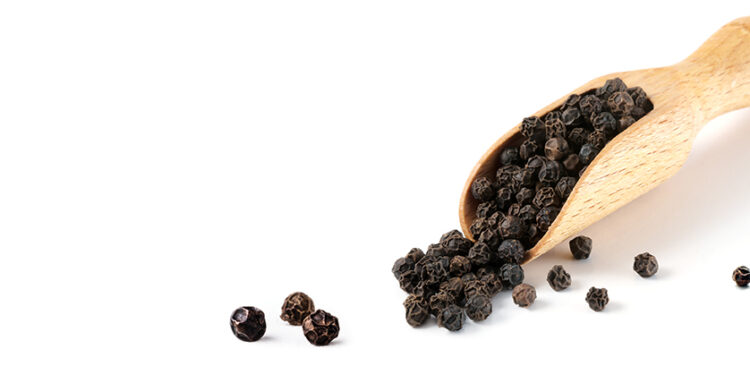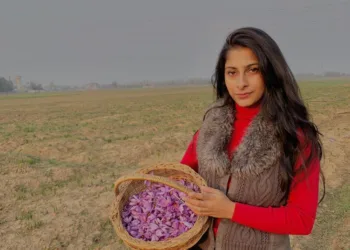By Kavita Devgan: is a Delhi-based nutritionist, weight management consultant, health columnist and author of four bestsellers, Don’t Diet! 50 Habits of Thin People, Ultimate Grandmother Hacks, Fix It With Foods, The Don’t Diet Plan.
Superfood is a word that has caught our fancy in the past few years. We have been swept away by a wave of “avocado toasts”, “kale”, “quinoa” and “chia seeds”. But how many of us realise that every Indian has a treasure trove of “superfoods” on their kitchen shelf! We are talking about our spice rack. We forget that people from faraway lands used to come to India in search of spices and, of course, Vasco da Gama journeyed to India to find a direct route to the “land of spices” and his arrival paved the way for the spice trade between Europe and Southeast Asia.
In this column we will delve into your spice rack and connect you with the amazing health benefits of some spices that are easily available at home.
Two things recently revived my interest in pepper, and reminded me of this muchignored spice. The copious amounts of thandai (a milk-based drink that has subtle notes of black pepper) I ended up downing in the follow-up to Holi, and a talk on India’s food history I attended, where the
speaker mentioned that red chilli, today such a huge part of our cooking, is actually a Portuguese import (da Gama brought it to our shores). Traditionally, we (Indians) cooked with pepper!
Pepper farming in the south is a huge business. There is mention of spice trade with King Solomon! Predating the Christian era. Black pepper is actually native to India, primarily from the Western Ghats and the Malabar region, but as it is apparently a hard spice to grow (it needs a set amount of rainfall), its price tends to vary tremendously. That could be one of the reasons pepper was gradually sidelined and overtaken so decisively by chilli powder, which is both cheaper and hotter (so less goes farther). Unfortunately, though, chilli powder is not nearly as loaded nutritionally. The red powder most of us use in cooking these days is mostly just colour, anyway.
Pepper, on the other hand, is not just a wonderfully versatile spice, but is extremely good for health. The ‘piperine’ (the bioactive compound that gives pepper its pungency) has potent antioxidant properties. It has a role to play in the prevention of cancer, and stimulates the stomach to secrete more hydrochloric acid to help digest proteins better (yes, that’s why I sprinkle it liberally on my fried egg and add it to my chicken marinades too). Laboratory tests have proved that piperine may also effectively fight inflammation and reduce cholesterol levels.
Pepper also stimulates the brain, helps keep depression away and delivers some Vitamins A and C, flavonoids, carotenes and other antioxidants that help remove harmful free radicals from the body.
Plus, it is antibacterial, and helps cure/ prevent cold and cough. That is possibly why it is part of traditional recipes in India, like the thandai that we begin drinking around Holi, which is celebrated during spring in the northern parts of the country, marking the winter to summer transition – a time when any help to keep seasonal infections and flu away is more than welcome.
Long Pepper
Another variety besides the round black and white peppercorn is pippali or long pepper, which is a unique aromatic version with extensive curative properties. Valued for its medicinal applications, it is the most extensively used plant in Ayurveda and is sweeter and more pungent than the round peppercorns. If you are lucky you might still get to taste a lentil stew (mostly rasam) made with long pepper, or maybe
even a special pickle in some households down south.
Pippali manages diabetes, shields against infections, aids in weight loss, and promotes digestion, among other things.
So, pull out that pepper jar from your spice rack and use this superfood to add pep to your meal.
@kavitadevgan








